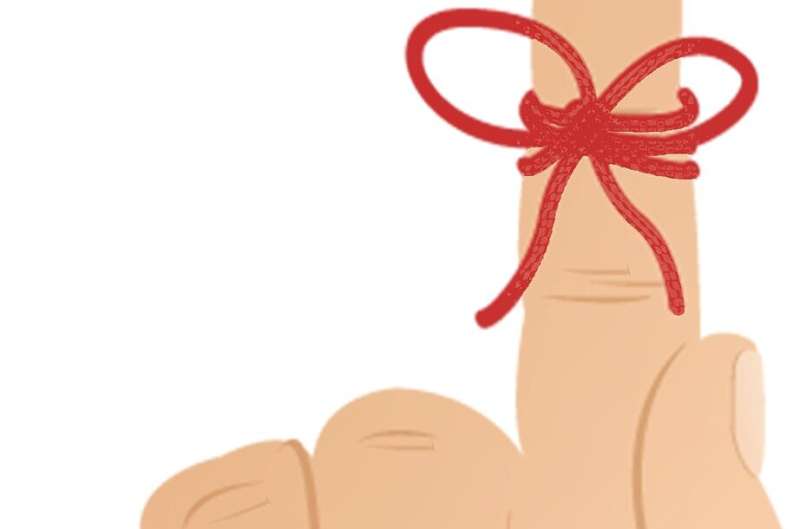Ancient Australian Aboriginal memory tool superior to 'memory palace' learning

Australian scientists have compared an ancient Greek technique of memorizing data to an even older technique from Aboriginal culture, using students in a rural medical school.
The study found that students using a technique called memory palace in which students memorized facts by placinthem into a memory blueprint of the childhood home, allowing them to revisit certain rooms to recapture that data. Another group of students were taught a technique developed by Australian Aboriginal people over more than 50,000 years of living in a custodial relationship with the Australian land.
The students who used the Aboriginal method of remembering had a significantly improved retention of facts compared to the control and the "memory palace" group.
The study led by Dr. David Reser, from the Monash University School of Rural Health and Dr. Tyson Yunkaporta, from Deakin University's NIKERI Institute, has just been published in PLOS One.
Medical students, and doctors, need to retain large amounts of information from anatomy to diseases and medications.
Because one of the main stressors for medical students is the amount of information they have to rote learn, we decided to see if we can teach them alternate, and better, ways to memorize data," Dr. Reser said.
The memory palace technique dates back to the early Greeks and was further utilized by Jesuit priests. Handwritten books were scarce and valuable, and one reading would have to last a person's lifetime, so ways to remember the contents were developed.
In Aboriginal culture, which relies on oral history, important facts like navigation, food sources, tool use and inter and intra tribal political relationships are important for survival. Aboriginal methods of memorizing also used the idea of attaching facts to the landscape, but with added stories which describe the facts and the placement to facilitate recall.
Working with Dr. Yunkaporta, formerly at the Monash School of Rural Health, the research team randomly divided 76 medical students attending Monash's Churchill Campus, in rural Victoria, into three groups. The students were given 30 minutes of training in the memory palace, Aboriginal techniques, or were in a control group who watched a video rather than undergo training. The students were then asked to memorize 20 common butterfly names (to dissociate from medical curriculum).
They were then tested on their recalls at 10 minutes and then 30 minutes after using their assigned techniques to memorize the list.
The researchers found the students who used the Aboriginal technique for remembering ie a narrative plus locations from around the campus were almost three times more likely to correctly remember the entire list than they were prior to training (odds ratio: 2.8). The students using the memory palace technique were about twice as likely to get a perfect score after training (2.1), while the control group improved by about 50% (1.5) over their pre-training performance.
Importantly a qualitative survey found the students using the Aboriginal technique found it more enjoyable, "both as a way to remember facts but also as a way to learn more about Aboriginal culture," Dr. Reser said.
Dr. Reser said the Monash School of Rural Health is considering incorporating these memory tools into the medical curriculum once teaching returns to a post-COVID normal. "This year we hope to offer this to students as a way to not only facilitate their learning but to reduce the stress associated with a course that requires a lot of rote learning,"he said.
More information: PLOS One (2021). journals.plos.org/plosone/arti … journal.pone.0251710
Journal information: PLoS ONE
Provided by Monash University



















